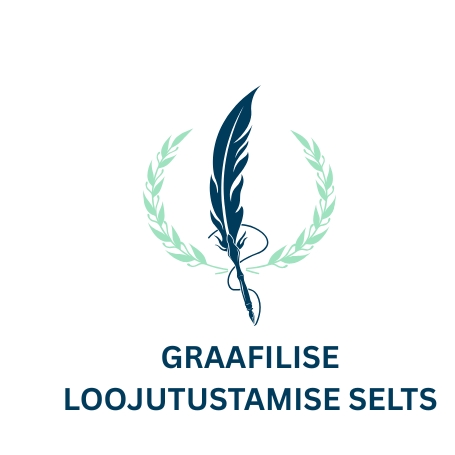The art of storytelling: bridging cultures and communities
Storytelling is an ancient art form that has been used for centuries to convey messages, share knowledge, and entertain audiences. It is a powerful tool that transcends language barriers and connects people from different backgrounds. In today's globalized world, storytelling continues to play a crucial role in bridging cultures and communities, fostering understanding, and promoting inclusivity.
2. The Historical Significance of Storytelling
Throughout history, storytelling has been an integral part of cultural traditions. It has been used to pass down myths, legends, and folklore from one generation to the next, preserving the cultural identity of communities. Storytelling has also served as a means of educating younger generations about societal values, norms, and history.
Different cultures have their unique storytelling traditions, each with its distinct style and purpose. For example, in African cultures, storytelling is often performed through oral narratives accompanied by music and dance, while in Native American cultures, stories are used to teach moral lessons and explain natural phenomena. Understanding these diverse storytelling traditions can help us appreciate the richness of cultural diversity.
3. The Role of Storytelling in Bridging Cultures
Storytelling has the power to create understanding and empathy among people from different cultural backgrounds. By sharing personal stories and experiences, individuals can connect on a deeper level, breaking down stereotypes and fostering mutual respect. This exchange of stories can lead to greater cultural awareness and appreciation.
In a rapidly changing world, storytelling plays a vital role in preserving cultural heritage. It allows communities to maintain their unique identities and traditions, even as they adapt to modern influences. By documenting and sharing stories, we can ensure that cultural heritage is not lost but instead celebrated and passed on to future generations.
4. Storytelling as a Tool for Community Engagement
Storytelling can foster a sense of community identity by bringing people together to share their experiences and perspectives. Community storytelling events, such as storytelling festivals or workshops, provide a platform for individuals to express themselves and connect with others. These events can strengthen community bonds and promote a sense of belonging.
Storytelling can also be a powerful tool for promoting environmental awareness. By telling stories about the natural world and the impact of human activities on the environment, storytellers can inspire audiences to take action and make sustainable choices. Environmental storytelling can raise awareness about pressing issues such as climate change, conservation, and biodiversity.
5. Innovative Storytelling Techniques
With the advent of digital technology, storytelling has evolved to include new and innovative techniques. Digital storytelling combines traditional storytelling with multimedia elements such as images, audio, and video, creating immersive and engaging experiences. This approach allows storytellers to reach wider audiences and explore new ways of conveying their messages.
Interactive and participatory storytelling involves engaging audiences in the storytelling process, allowing them to contribute to the narrative. This approach can take various forms, such as interactive theater, storytelling games, or collaborative writing projects. By involving audiences in the storytelling process, storytellers can create more meaningful and impactful experiences.
6. The Future of Storytelling in Cultural and Environmental Contexts
As we look to the future, storytelling will continue to play a crucial role in cultural and environmental contexts. It will remain a powerful tool for bridging cultures, fostering community engagement, and promoting sustainability. By embracing new technologies and innovative techniques, storytellers can continue to inspire and connect people across the globe.






Comments (0)